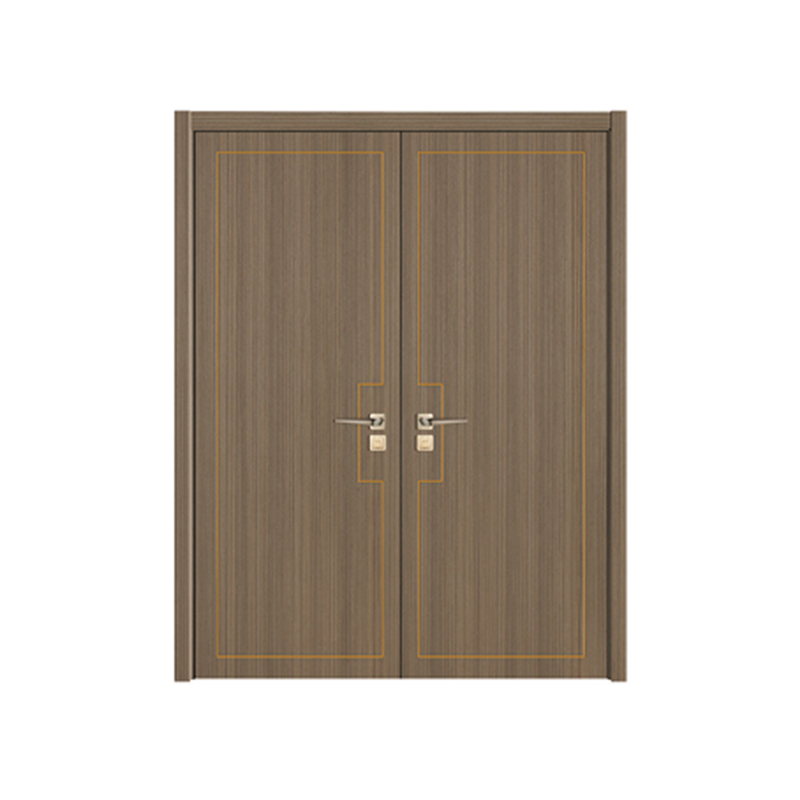2025-08-01

When considering door options for a home or office, understanding the cost differences between various types can help make an informed decision. One popular choice is the veneer painted door, which combines aesthetic appeal with practicality. Comparing the costs of veneer painted doors with other door types reveals several factors influencing price variations.
Veneer painted doors are constructed using a thin layer of natural wood veneer applied over a core material, often MDF or engineered wood, and then finished with a painted surface. This construction method allows these doors to offer the beauty of real wood grain while providing a smooth, customizable painted finish. The veneer painted door is often more affordable than solid wood doors, as it uses less expensive core materials while maintaining a visually attractive appearance.
In contrast, solid wood doors tend to have higher prices due to the cost of the raw materials and the craftsmanship involved. Solid wood doors are made entirely of natural wood, which requires more resources and labor to produce. While solid wood doors provide durability and a traditional look, their cost may exceed that of veneer painted doors by a significant margin.
Another common door type is hollow core doors, which are generally less expensive than both veneer painted and solid wood doors. Hollow core doors have a lightweight construction with a core made of cardboard or a honeycomb structure covered by thin wood or composite panels. They are budget-friendly but tend to be less durable and offer less insulation and soundproofing compared to veneer painted doors.
When comparing veneer painted doors to laminate or PVC doors, the cost differences can vary depending on the quality and brand. Laminate doors, which feature a synthetic layer bonded to a core, are often priced similarly or slightly lower than veneer painted doors. PVC doors, known for their moisture resistance and low maintenance, can be cost-competitive but might not provide the same natural wood look that veneer painted doors offer.
Labor and finishing costs also affect the overall price of veneer painted doors. Since these doors require a careful painting process to achieve a smooth and even finish, the labor involved can add to the total expense. However, this cost is generally balanced by the savings from using engineered wood cores instead of solid wood.
The installation costs for veneer painted doors are usually comparable to other standard door types, as the installation process does not differ significantly. Additional features such as glass panels, decorative moldings, or custom sizes can increase the price regardless of door type, so these factors should also be considered when budgeting.
Veneer painted doors often present a mid-range price option among door choices. They are typically more affordable than solid wood doors but cost more than hollow core doors. Their combination of natural wood veneer with a painted finish provides a balance between appearance and cost, making them suitable for those seeking a stylish door without the expense of solid wood. Considering these cost differences can help homeowners and designers select the door type that best fits their needs and budget. Overall, veneer painted doors remain a popular option for balancing aesthetics, durability, and cost.
